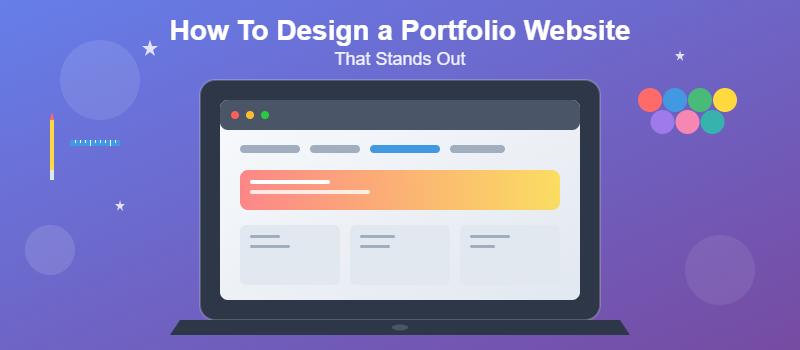Sometimes referred to as a “one-page site”, the infinite scroll design is a bit of a hot topic among web designers. Some developers using Selenium WebDriver look for ways to scrap infinite scrolling from Python packages.
Some experts say that it’s ideal for mobile pages, but not so much for web pages. According to Smashing Magazine, the use of infinite scroll or pagination either one is “not black and white”, and that it all “varies according to the context of the page.”
To help you decide if it’s right for your site or blog, here are the pros and cons of using infinite scroll in web design:
Pros:
Scrolling, for many individuals, is better than clicking – When it comes to lengthy content, such as a tutorial, scrolling provides better usability. Making people keep clicking to “view the next page” can be annoying.
When done correctly, it makes users feel in control – Users want to feel like they are the ones in control when scrolling down a web page. If it’s just one long mess with a lack of indicators and landmarks, the user will feel less empowered and more confused. When you do use landmarks and a smart progress indicator, infinite scrolling will work a lot better.
It keeps the user’s attention on photo-driven sites – Have you noticed that Google uses infinite scrolling in its image results, even though it still uses pagination for web page results? The infinite scroll design helps make image galleries and visual-focused sites appear more seamless. The “next page” links can be distracting. This is also why you should avoid using slideshows or carousel design elements. The Instapage.com blog explains that “image sliders are bad for conversions”.
Real time data and information benefits from infinite scrolling – Like with image pages, infinite scrolling makes real-time information pages seamless. This is why you find this type of design on social media sites and the “comments” section under news articles.
Cons:
It’s NOT helpful at all for sites that cover a variety of topics – If your website covers multiple topics or angles, it’s better to use pagination to break up the topics. Each page should only focus on one issue. It can be overwhelming for viewers to have to keep scrolling down to figure out exactly what point you are trying to make.
It’s difficult to have a footer with infinite scroll – Many companies want to display important links in their footers so that customers know what to click on in order to find what they’re looking for. It’s easier to have a footer without an infinite scroll design.
It’s not always ideal for SEO – A page with infinite scrolling is still just one page. Crawlers aren’t advanced enough to always emulate manual user behavior, which means they don’t always access all of the individual elements in the content feed. If Googlebots have a hard time accessing all of your content, that content is less likely to appear in search results. Also, an infinite scroll design can slow down the loading time of the page, which is also harmful toward your SERPs.
Consider the type of website you are running and weigh the pros and cons to determine if the infinite scrolling design is ideal for your responsive web development needs.





